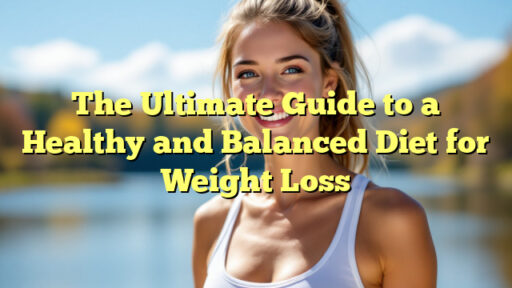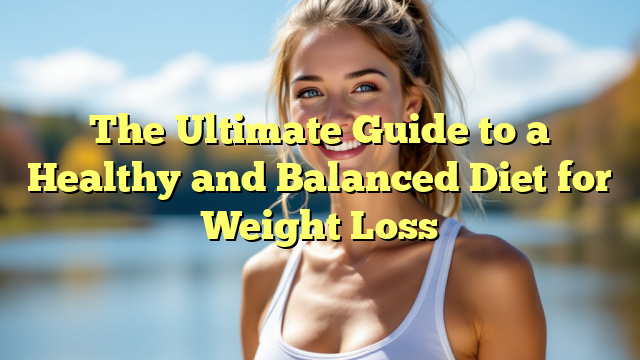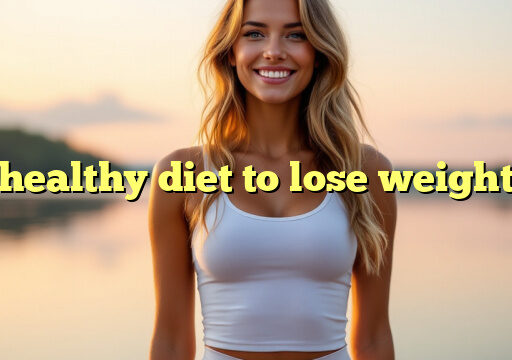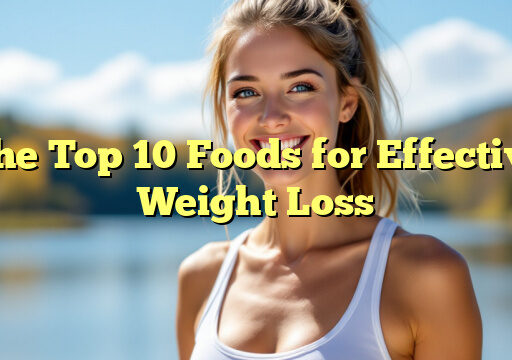Maintaining a healthy and balanced diet is essential for weight loss and overall well-being. To achieve your weight loss goals, it's important to focus on consuming the right types of foods in appropriate portions. Here is a comprehensive guide to help you create a healthy and balanced diet plan for weight loss.
1. Eat a Variety of Nutrient-Dense Foods
Your diet should include a variety of nutrient-dense foods such as fruits, vegetables, whole grains, lean proteins, and healthy fats. These foods provide essential vitamins, minerals, and antioxidants that are necessary for good health and weight loss.
2. Watch Your Portions
Controlling portion sizes is crucial for weight loss. Be mindful of how much you are eating and try to avoid oversized portions. Using smaller plates, measuring portions, and dividing meals into smaller servings can help you manage your portion sizes more effectively.
3. Limit Processed Foods and Added Sugars
Processed foods and added sugars are often high in calories and low in nutrients. Limiting your intake of these foods can help you reduce your calorie intake and support weight loss. Choose whole, unprocessed foods whenever possible.
4. Stay Hydrated
Drinking plenty of water is essential for weight loss. Water helps boost your metabolism, suppresses appetite, and aids in digestion. Aim to drink at least 8 glasses of water per day, and more if you are physically active.
5. Include Protein in Every Meal
Protein is an essential nutrient for weight loss. It helps you feel full and satisfied, boosts your metabolism, and preserves lean muscle mass. Include sources of lean protein such as lean meats, poultry, fish, beans, and legumes in every meal.
6. Don't Skip Meals
Skipping meals can slow down your metabolism and lead to overeating later in the day. Aim to eat regular, balanced meals throughout the day to keep your metabolism revved up and your hunger in check.
7. Plan Ahead
Planning your meals in advance can help you make healthier choices and avoid last-minute temptations. Prepare healthy snacks and meals ahead of time, and make a grocery list to ensure you have the necessary ingredients on hand.
8. Be Mindful of Emotional Eating
Emotional eating can derail your weight loss efforts. Learn to identify your triggers and find healthier ways to cope with stress, boredom, or other emotions. Practice mindful eating by savoring your meals and paying attention to your hunger and fullness cues.
Conclusion
Achieving a healthy and balanced diet for weight loss requires a combination of nutritious foods, portion control, hydration, protein intake, meal planning, and mindful eating. By following the tips outlined in this guide, you can create a sustainable eating plan that supports your weight loss goals and overall well-being.
FAQs
What is the best diet for weight loss?
The best diet for weight loss is one that is balanced, nutrient-dense, and sustainable. It should include a variety of foods from all food groups and be tailored to your individual preferences and needs.
How many meals should I eat per day for weight loss?
The number of meals you should eat per day for weight loss depends on your personal preferences and schedule. Some people find success with three meals a day, while others prefer smaller, more frequent meals. The key is to listen to your body and eat when you are hungry.
Can I still enjoy treats and desserts while on a weight loss diet?
Yes, you can still enjoy treats and desserts in moderation while on a weight loss diet. The key is to practice portion control and choose healthier options whenever possible. Treat yourself occasionally to prevent feelings of deprivation and maintain a healthy relationship with food.
Unlock Your Wellness Journey Today!




